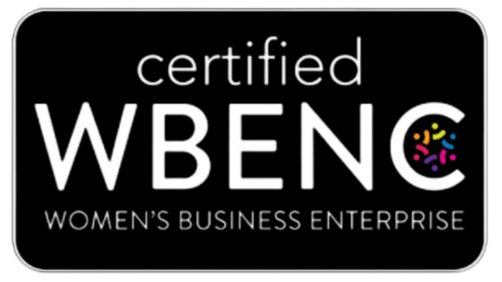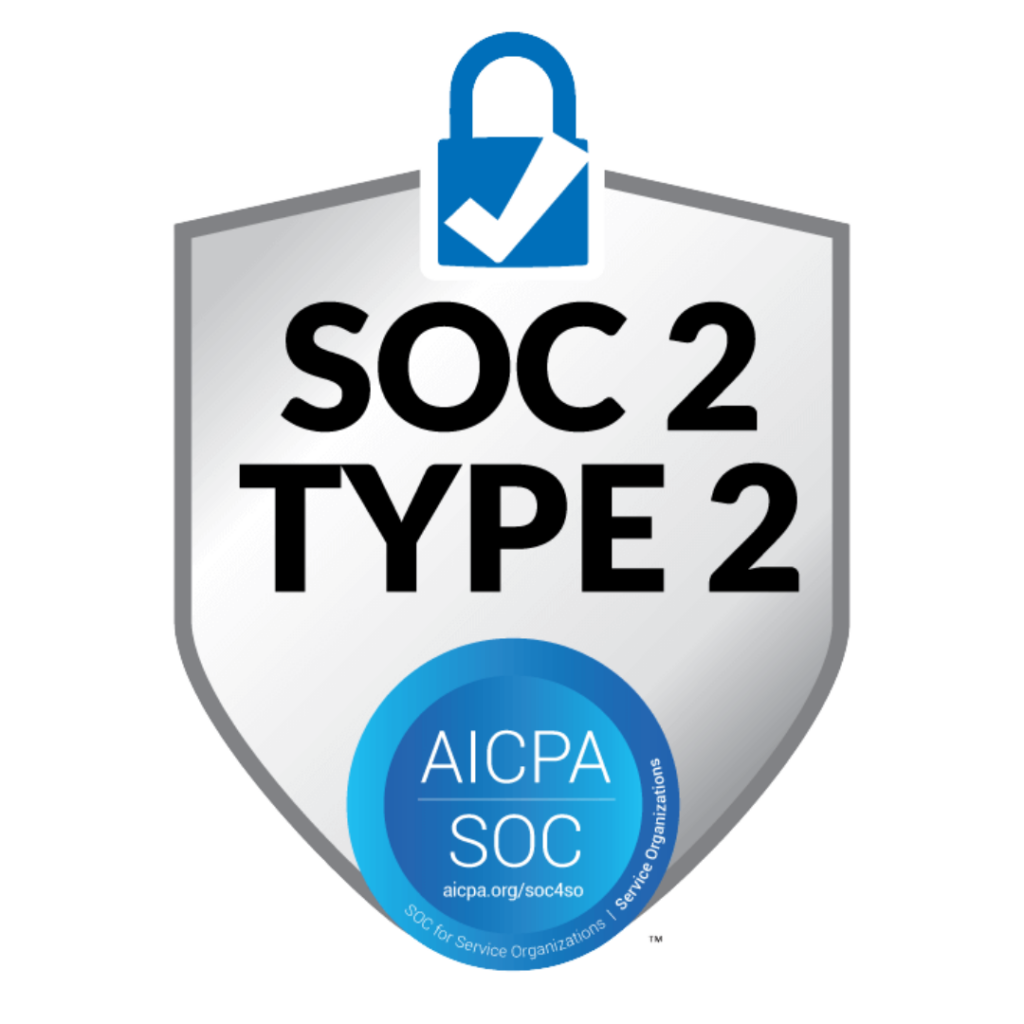Design The Future
Sustainability, Biophilic Design, Community Focus and Other Trends that Help Future Proof the Physical Branch and Main Office
The investment you make in your physical space needs to provide the functionality to conduct banking business, consistently communicate your brand and culture, reinforce your commitment to the communities you serve, and integrate your online platforms and digital tools, all while providing a safe and enjoyable space for both staff and visitors. That’s asking a lot of a building!
Current design trends offer innovative solutions to meet business requirements while prioritizing the well-being of occupants in a wholistic manner.
Here are some contemporary design approaches for branches and operations centers whether you are looking to build new, refresh existing space, or conduct a complete renovation.
Eco-minded Designs
This design approach emphasizes the integration of natural elements into architecture and design to enhance the well-being, air quality, and visual appeal of spaces. By incorporating elements inspired by nature, such as the use of wood and other natural materials, environments are created that not only look visually stunning but also positively impact the health and wellness of the occupants.
Integrating plants into indoor spaces, maximizing natural light, and promoting air movement are additional strategies that further enhance the health and aesthetic qualities of a building.
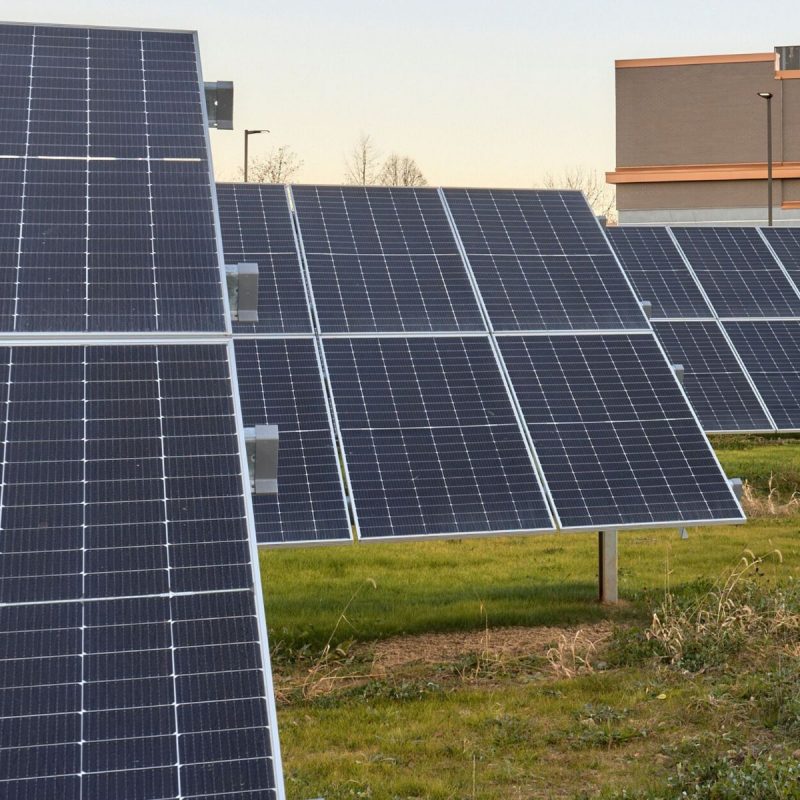
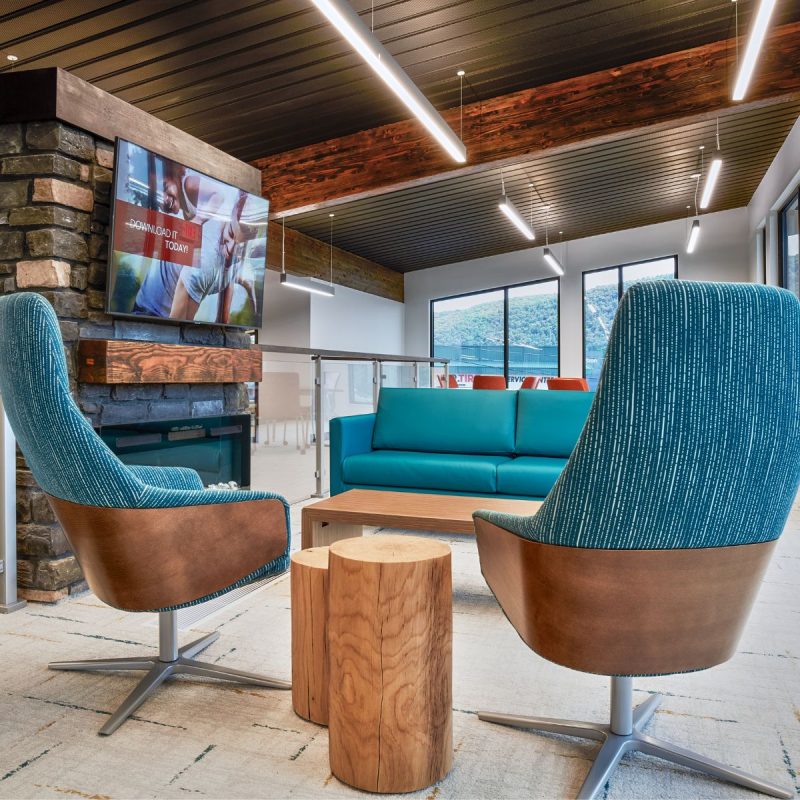
Biophilic Design
This design approach emphasizes the integration of natural elements into architecture and design to enhance the well-being, air quality, and visual appeal of spaces. By incorporating elements inspired by nature, such as the use of wood and other natural materials, environments are created that not only look visually stunning but also positively impact the health and wellness of the occupants.
Integrating plants into indoor spaces, maximizing natural light, and promoting air movement are additional strategies that further enhance the health and aesthetic qualities of a building.
Adaptive Reuse
Adaptive reuse is a creative and sustainable practice that involves repurposing existing structures to preserve their cultural heritage while fulfilling contemporary needs. This approach not only helps in reducing waste but also minimizes the environmental impact of construction projects. A prime example of adaptive reuse is the transformation of old factories and office buildings into modern retail and office spaces. By breathing new life into these structures, adaptive reuse not only honors the history and character of the original buildings but also contributes to the revitalization of urban areas and promotes sustainable development practices. It is an excellent way for financial institutions to invest in the communities they serve and create sustainable impact.
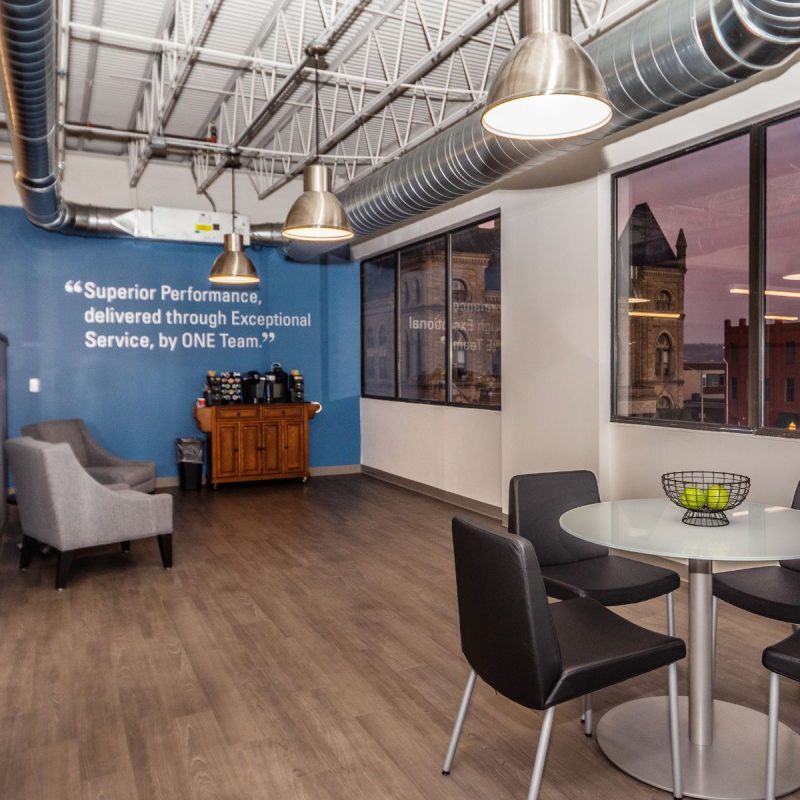
While design trends can enhance a building, it is essential that design and construction first meet the functional needs of the institution.
Community-centered Design
Financial institutions have the opportunity to tailor their designs to cater to the unique needs and identities of local communities, with a focus on promoting social interaction and functionality. By actively involving the community in the design process, financial institutions can create spaces that authentically reflect the culture, requirements, and values of the area. This collaborative approach not only enhances the sense of belonging and ownership within the community but also reinforces the institution’s dedication to supporting and investing in the neighborhood. Ultimately, designing spaces that resonate with the local community fosters a stronger connection between the financial institution and the people it serves, leading to a more inclusive and impactful presence within the community.
Flexible Spaces
Designing spaces that seamlessly transition from work areas to community and meeting rooms is essential to meet the evolving needs of local communities. By incorporating features such as coffee bars and cozy seating areas that resemble a home-like environment, branches become more welcoming and help alleviate any anxiety associated with waiting.
In branch settings, the integration of flexible spaces allows for a variety of uses, from providing quiet workspaces to facilitating private financial consultations. This adaptability not only enhances the overall visitor experience but also underscores the importance of creating inclusive and versatile environments that cater to the diverse needs of individuals within the community.
Smart Materials
Smart materials are designed to respond to environmental factors such as temperature and humidity, allowing buildings to become more energy-efficient and self-regulated. These innovative materials have the capability to adapt to changing conditions without the need for constant human monitoring or intervention. By incorporating smart materials into building design, structures can optimize their performance and energy usage, ultimately leading to enhanced sustainability and comfort for occupants.
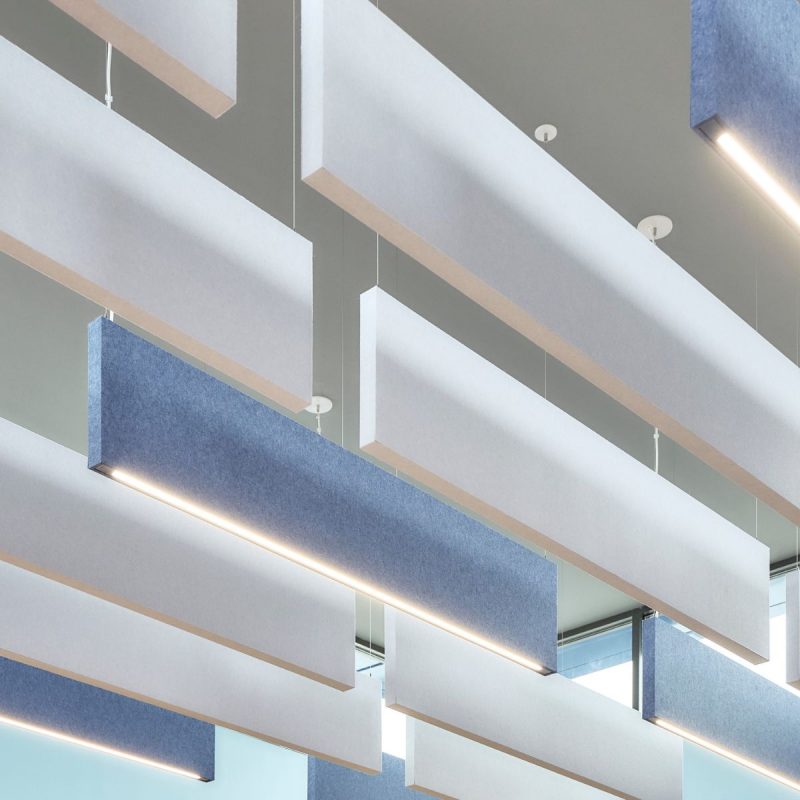
Mission First
While these and other building trends can enhance the quality, longevity, and sustainability of a building, it is essential that design and construction first meet the functional needs of the institution. Factors such as budget, site limitations, and building requirements must be carefully evaluated to ensure that the resulting building is not only functional and cost-effective but also thoughtfully designed to cater to the holistic well-being of its occupants.
Let's Discuss Designing Your Future
We are able to provide quality and creativity through our unique data analysis, design, and construction management process. Let’s start a conversation about your strategic goals, facility needs, and customer/member experience.

